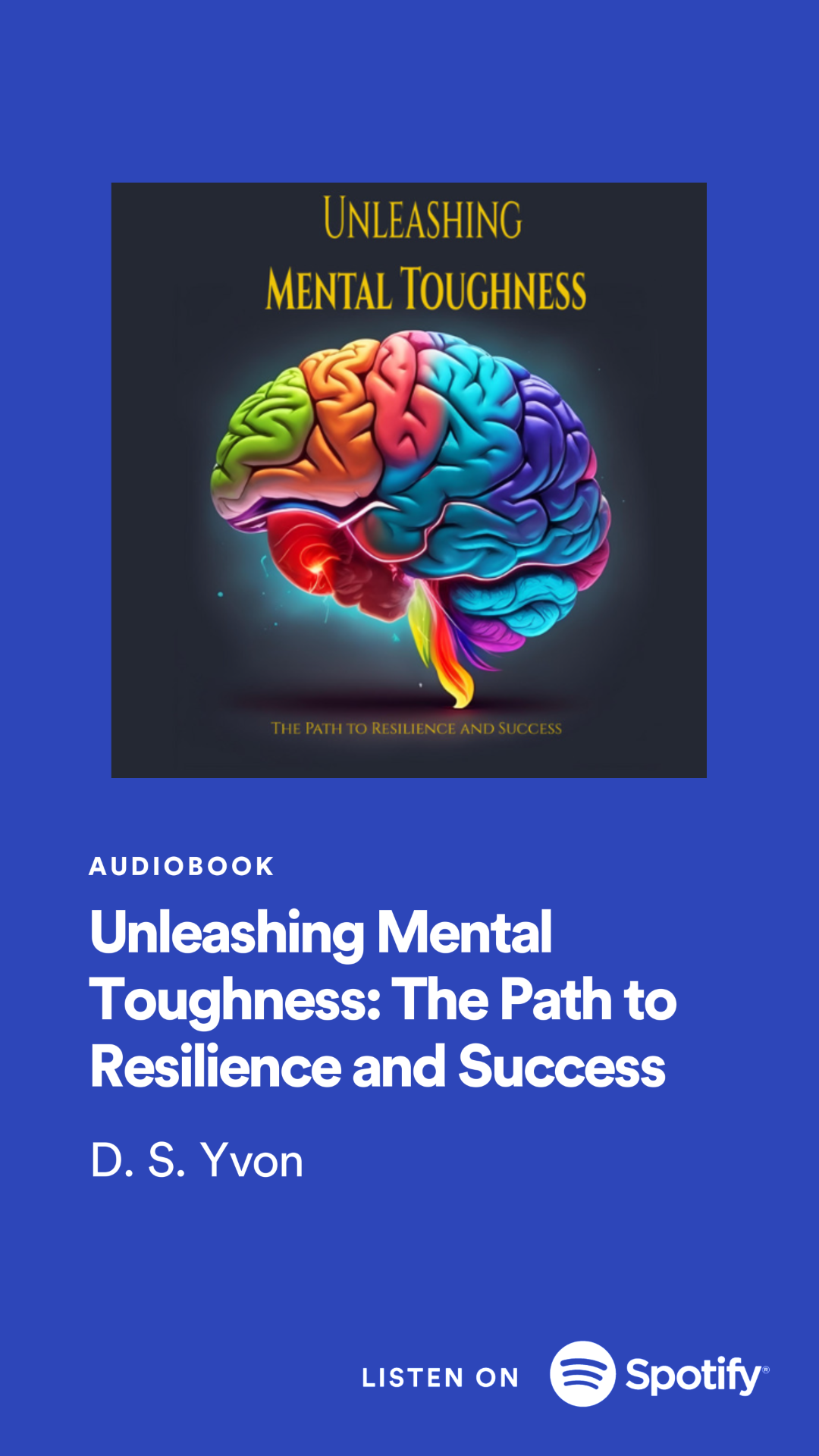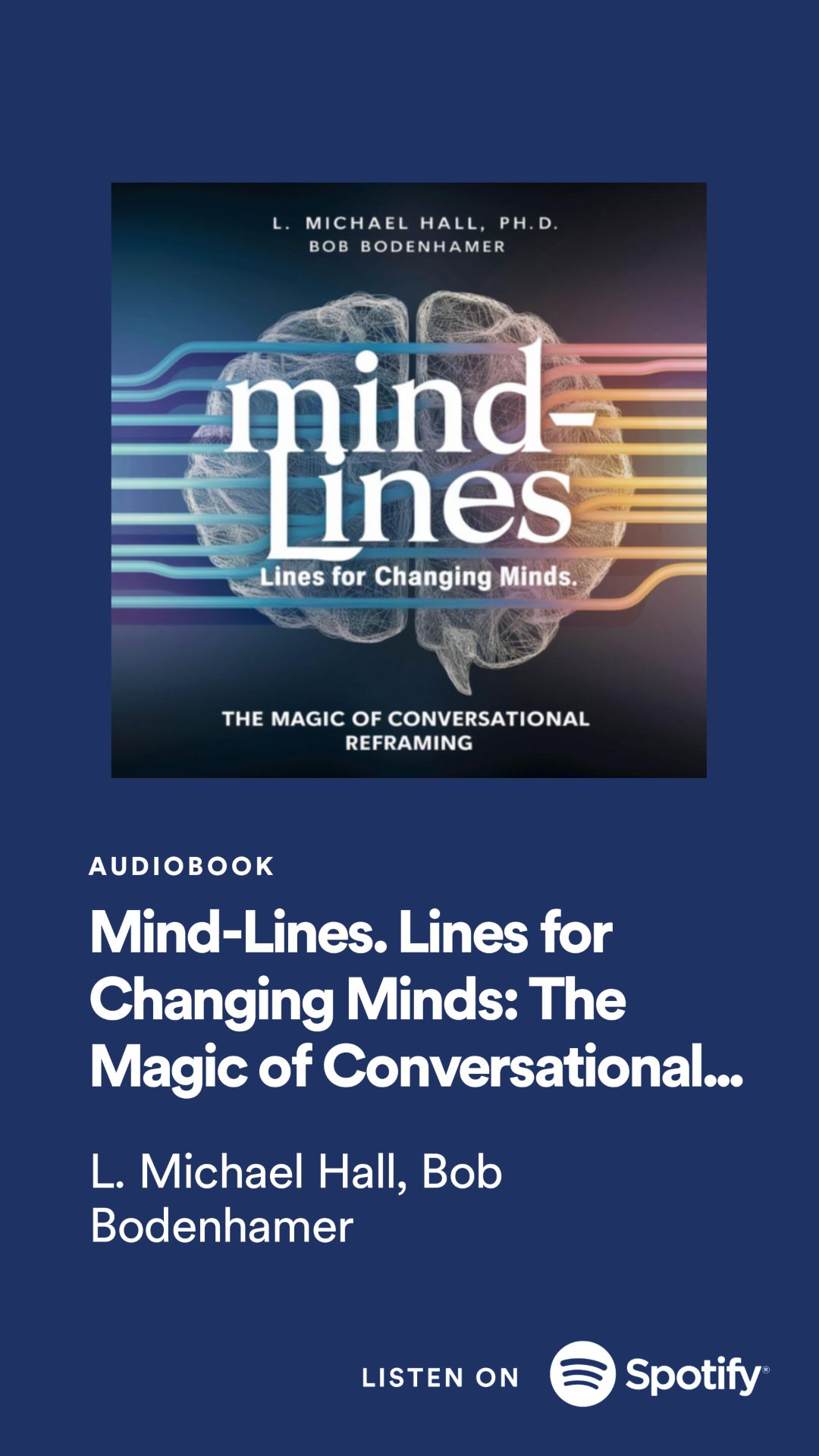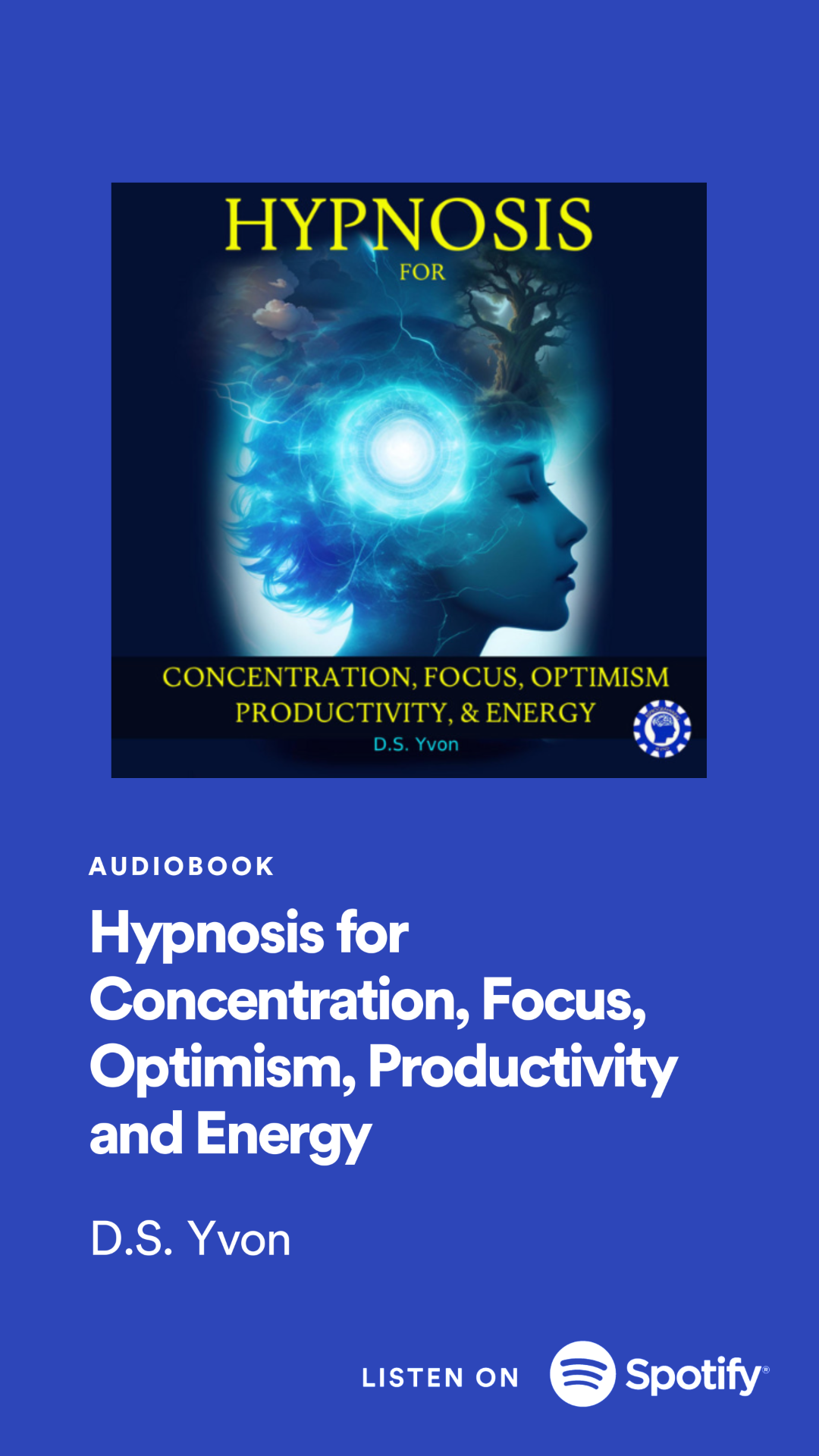The week of January 12th has witnessed OpenAI's stance on user engagement, doubts within the company, the intensifying battle for quality data, and groundbreaking insights from the largest AI researcher survey.
The GPT Store and Monetizing Engagement
OpenAI's announcement of the GPT Store, a platform allowing builders to create customized versions of ChatGPT, came with a notable paragraph that could shape the future landscape. The emphasis was on how builders could monetize their creations, and the key sentence revealed OpenAI's approach: "As a first step, users (builders) will be paid based on user engagement with their GPTs." This strategy aligns with the trend of maximizing user engagement, a concept that has faced scrutiny in the broader tech industry.
The Flip-Flop and Character AI's Influence
This shift towards prioritizing user engagement raises eyebrows, especially considering OpenAI's previous stance against designing systems to maximize engagement. The possible reason for this change becomes clearer when considering the competition, particularly Character AI. With 4.2 million monthly active users in the U.S., Character AI's addictive chatbots may have prompted OpenAI to reevaluate its approach.
GPT Store Experiences and Notable Exceptions
While exploring various GPTs in the store, some experiences fell short of expectations, with certain models not significantly outperforming GPT-4. However, the Consensus GPT emerged as a notable exception, proving genuinely helpful, particularly in scientific research tasks. This exception underscores the diverse landscape within the GPT Store.
OpenAI's Leaked Announcement: GPT-4 Learning and Memory
An intriguing revelation surfaced alongside the GPT Store announcement, hinting at GPT-4's learning capabilities. This leaked information suggested that GPT-4 could carry insights between chats, enhancing its performance over time. While still experimental, this feature may usher in a new era of personalized AI interactions.
OpenAI's Ambiguous Vision for Superintelligence
OpenAI's vision for the future has been characterized by the pursuit of superintelligence, surpassing human capabilities. However, recent statements from key figures within the company hint at a potential shift. Andre Karpathy's advocacy for intelligence amplification, rather than building superintelligent entities, introduces ambiguity into OpenAI's overarching goal.
Unraveling OpenAI's Grand Plan
The ambiguity in OpenAI's vision is further magnified by recent statements from Sam Altman, where he shared Andre Karpathy's perspective on prioritizing intelligence amplification. This contrast raises questions about the cohesiveness of OpenAI's plan—whether it truly aims to build superintelligence or seeks a more balanced approach.
OpenAI's Dealings with Publishers and Data Control Battles
OpenAI's recent partnerships with publishers, including Axel Springer, and negotiations with major news outlets like CNN and Fox, add another layer to the unfolding narrative. The battle for control over data extends beyond OpenAI, with Apple also entering the fray, aiming to use content for future AI products. This dynamic landscape reflects the evolving intersection of AI, journalism, and data control.
AI Researcher Predictions: Accelerated Timelines and Concerns
The latest AI researcher predictions, gleaned from a comprehensive survey, offer insights into the evolving landscape. The revelation that AI researchers estimate a 10% chance of machines outperforming humans in every task by 2027 is a staggering prospect. Moreover, the majority of respondents foresee a potential acceleration in technological progress, leading to an intelligence explosion.
Unpacking AI Safety Concerns and Shortened Timelines
The survey also sheds light on growing concerns about deepfakes, with 70% of respondents advocating for increased prioritization of AI safety research. The contrast between timelines for achieving high-level machine intelligence and the full automation of labor adds a layer of complexity, with AI researchers predicting shorter timelines compared to previous years.














